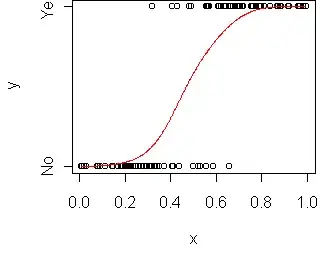I need to predict if a bus will stop at a particular scheduled route stop. I have GPS coordinates, I can check door signals, the stops have radii, and I also have historical data about if the bus skipped a stop or not. I want to use this information to train a model predicting whether a bus will stop at a particular stop or not.
I was looking at Bayesian rule, and I was thinking it might be possible to use a likelihood ratio to predict the bus reaching a stop. But I'm not sure if this is the right way to look at this problem. I'm not a statistician, so all the jargon to choose the right way to model this problem makes me nervous. I would like to get your advice on this. I'm willing to put in time to learn, but I don't want to spend a few days to find out this might not be the way to look at it in the first place.
I think my problem is limited understanding of various probability based modelling techniques. If my statement of my problem needs any clarification, or any section needs more detail, I'm happy to add it. Any help would be much appreciated. Cheers!
UPDATE: Sorry guys—these are buses that take employees to work and the other way around. So these buses have the liberty to avoid a stop if there are no passengers; the buses can even avoid the last two stops, for example, when taking the passengers from work to home, they usually go back to a different place to pick people from. I have GPS data from which I can check if a bus reached a stop, and there's also data for route configuration. In each route there is data about if a stop is mandatory as well. With this data in hand I'd like to predict if a bus will reach a certain stop. Please let me know if you require further information. Thanks!
